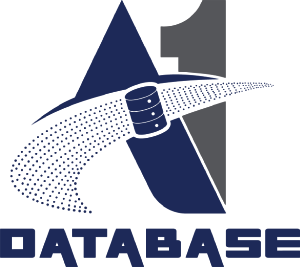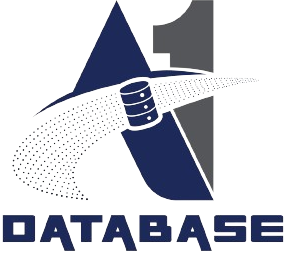- December 11, 2024
- by Admin
- Data Enrichment
Data enrichment and data augmentation tools have different objectives, each contributing to the enhancement of data in unique fashions.
Data Enrichment Tools: These tools add pertinent information to existing data sets. They are primarily used to enhance CRM records and customer profiles, providing sales and marketing strategies with more in-depth insights.
Data Augmentation Tools: These tools create synthetic variations of data to increase diversity and volume. Their main application is in training artificial intelligence and machine learning models, improving their robustness and accuracy.
What are the key differences among data enrichment, data appending, and data cleansing?
Maintaining high-quality datasets relies heavily on data enrichment, data appending, and data cleansing, each of which fulfils a specific function in data management:
Data Enrichment: This process is characterized by the addition of new and relevant information to existing datasets, thereby improving their value and completeness. It often involves the use of external data sources to provide supplementary information, including industry classifications, demographic insights, or contact details.
Data Appending: This process involves the incorporation of missing information into existing records by matching them with external databases. It allows for the enhancement of raw data by filling in gaps, such as missing email addresses or phone numbers, thus completing customer profiles.
Data Cleansing: The primary aim of data cleansing is to correct or remove inaccurate, incomplete, or duplicate data within a dataset, ensuring both accuracy and consistency. This process may include standardizing formats and rectifying errors present in raw data.
What Data Types Are Appropriate for Enhancing Your A1 Database?
Demographic Data: This category encompasses information such as age, gender, geographic location, and income level. To enhance demographic data, one may source information from third-party data providers, social media channels, Google Analytics, or through the administration of surveys.
Firm graphic Data: This term pertains to data related to companies, including aspects such as company size, industry classification, revenue figures, and geographical location. Such information can be sourced from business intelligence platforms, corporate websites, and industry-specific databases.
Techno graphic Data: This type of data provides insights into the technology stack and tools utilized by an organization. It can be acquired through technology tracking solutions, software vendors, and specialized providers of techno graphic information.
Behavioural Data: This category includes information regarding customer interactions, purchasing history, and individual preferences. It can be collected using website analytics tools, such as Google Analytics, and advanced database systems.
Contact Data: This refers to information such as email addresses, telephone numbers, and social media profiles. Collection of this data can be achieved through contact enrichment services and lead generation tools.

